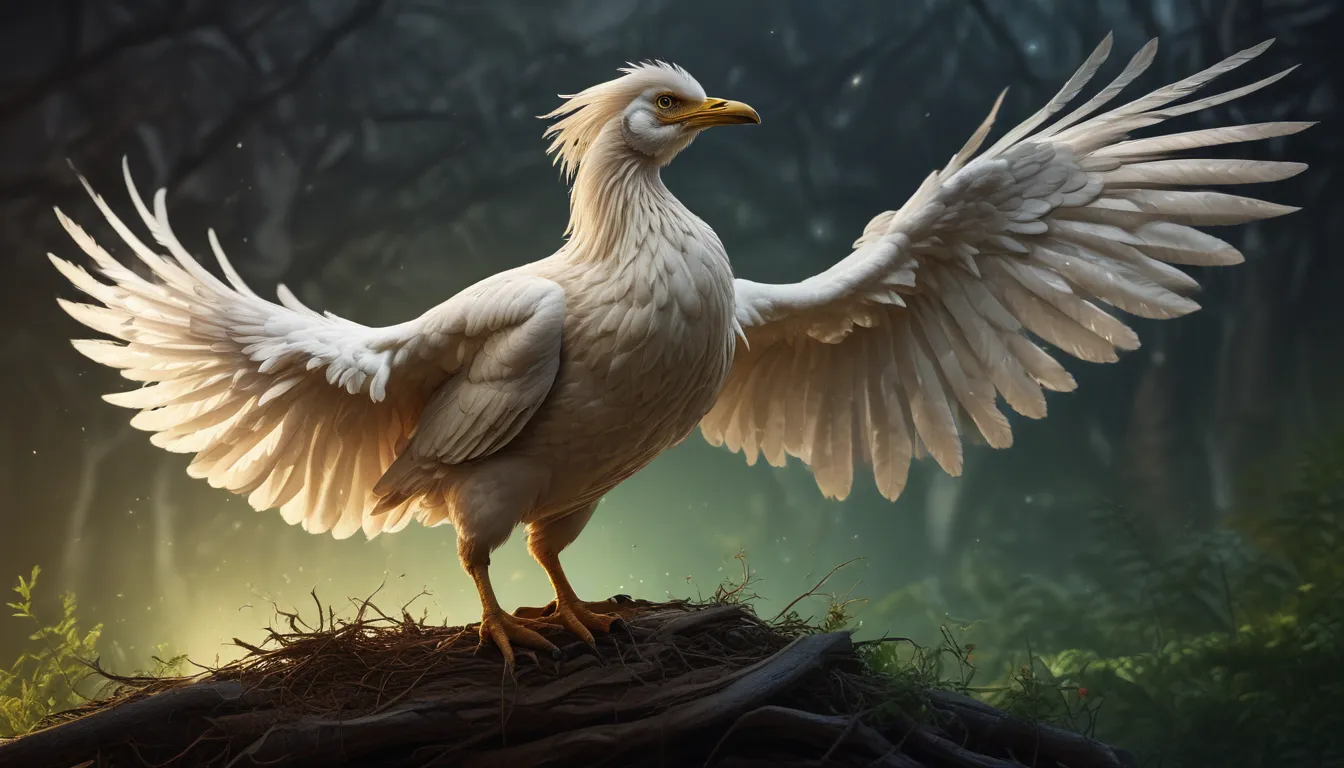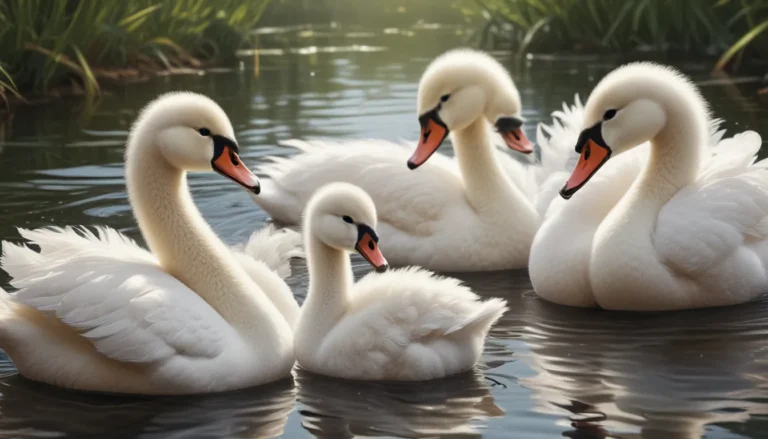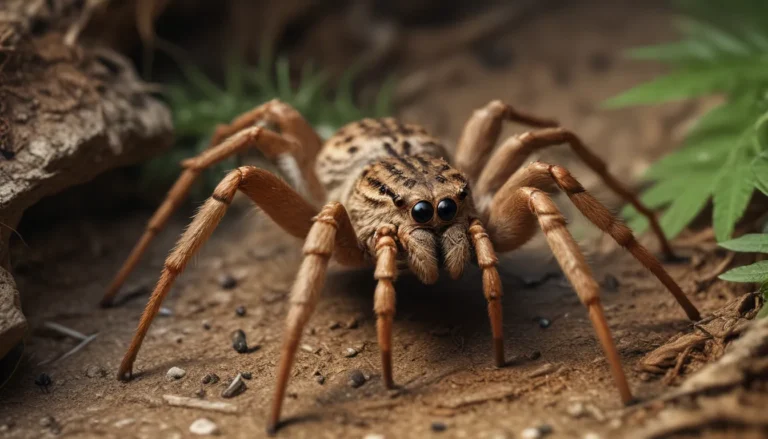The pictures we use in our articles might not show exactly what the words say. We choose these pictures to make you interested in reading more. The pictures work together with the words but don’t take their place. The words still tell you the important facts.
Welcome to the captivating realm of fowl, where chickens, ducks, turkeys, and more feathered companions await to amaze you with their unique characteristics and contributions to our lives. In this comprehensive guide, we will delve into the enchanting world of fowl and unveil 19 fascinating facts that will undoubtedly pique your curiosity and deepen your appreciation for these remarkable creatures. Whether you are a seasoned poultry enthusiast or simply intrigued by the beauty and diversity of fowl, prepare to be delighted as we uncover the wonders of the avian kingdom.
Unveiling the World of Fowl
Let's kickstart our exploration by understanding the broad term fowl, which encompasses a variety of birds commonly raised for meat or eggs. From the humble chicken to the elegant duck and the majestic turkey, fowl have been an integral part of human history for thousands of years. Beyond their role as a food source, fowl possess unique behaviors, striking plumage, and cultural significance that make them more than just birds—they are like colorful characters in the grand tapestry of our world.
The Pioneers of Fowl Farming
Ancient civilizations such as the Egyptians and Chinese were among the trailblazers in recognizing the value of fowl as a valuable food source and began the practice of domesticating these feathered companions. Through centuries of selective breeding, fowl have evolved to meet our diverse needs, providing not only sustenance but also contributing to pest control, fertilizer production, and even cultural and religious rituals.
The Versatility of Fowl Eggs
Fowl eggs come in a kaleidoscope of sizes and colors, ranging from the traditional white and brown to unique shades like blue or green. These eggs not only serve as a nutritious staple in our diets but also hold symbolic value in various traditions and customs around the world. The versatility of fowl eggs extends beyond the kitchen, with their shells and membranes finding applications in various industries, from art to medicine.
The Allure of Fowl Feathers
Feathers from fowl possess commercial value far beyond their use in down pillows or decorative crafts. These exquisite plumage adornments find their way into the worlds of fashion, art, sports, and more, adding a touch of elegance and functionality to a wide range of products. Additionally, fowl feathers serve as essential tools for the birds themselves, providing insulation, protection, and even aiding in communication and courtship displays.
Delving into Fowl Behavior
Fowl exhibit a rich tapestry of behaviors and social structures that mirror the complexity of human society. From intricate pecking orders in chicken flocks to the dazzling courtship dances of peacocks, fowl offer a glimpse into the fascinating dynamics of avian interaction. Their unique vocalizations, distinctive plumage, and keen sense of homing further highlight the diverse and captivating nature of these feathered companions.
Fowl: Guardians of the Night
Many species of fowl, including the ever-vigilant chicken, possess excellent night vision, allowing them to navigate and forage in dimly lit environments with ease. This nocturnal prowess not only ensures their safety but also underscores their adaptability and resilience in diverse habitats. The symphony of sounds that fowl create, from the melodic crow of a rooster to the resonant honk of a goose, serves as a vital form of communication and warning signals in their communities.
The Enigmatic Digestive System of Fowl
Fowl boast a unique digestive system that enables them to process a wide array of food, from grains and insects to small pebbles essential for digestion. Their specialized gizzards and crops play a crucial role in breaking down and absorbing nutrients, ensuring optimal health and vitality for these feathered friends. The diversity of fowl diets reflects their adaptability to various environments and dietary preferences.
Fowl in Agriculture: Allies Against Pests
Chickens and ducks, in particular, have earned a reputation as guardians of the agricultural realm, thanks to their voracious appetite for pests like insects, slugs, and mosquitoes. By naturally controlling pest populations, fowl contribute to sustainable farming practices and reduce the reliance on harmful chemical pesticides. Their ecological role as pest controllers highlights the harmonious relationship between fowl and the environment.
Preserving the Legacy of Fowl
Through centuries of selective breeding, fowl breeds with specific traits tailored for enhanced meat production, egg-laying capacity, or even sporting events like cockfighting have been cultivated. While controversial, the practice of breeding game fowl for competitive purposes sheds light on the complex and intertwined history of humans and fowl. Despite the diversity of breeds and their intended purposes, fowl remain a symbol of sustenance, companionship, and cultural heritage across the globe.
Fowl: Guardians of Nutrition
Rich in protein, essential nutrients, and vitamins, fowl meat and eggs hold a prominent place in the global food supply, providing nourishment and sustenance to millions of people worldwide. Beyond their nutritional value, fowl serve as a source of inspiration, symbolism, and storytelling in literature, folklore, and mythology, captivating generations with their unique features and enchanting personalities.
Appreciating the Legacy of Fowl
In conclusion, fowl are not just feathered creatures but vital companions that have shaped human history and culture in profound ways. Whether you are a seasoned farmer, a backyard poultry keeper, or an animal enthusiast, immersing yourself in the world of fowl unveils a realm of knowledge, fascination, and joy. Next time you encounter a chicken, duck, or turkey, take a moment to appreciate their unique contributions to our lives and the rich tapestry of tales they inspire.
Frequently Asked Questions
-
How long do chickens live?
On average, chickens can live for about 5 to 10 years, depending on various factors such as breed and living conditions. With proper care and attention, some chickens have been known to live up to 15 years. -
Can ducks fly?
Yes, ducks are capable of flying, with some species like the Mallard being proficient migratory fliers covering long distances during their seasonal journeys. -
Are geese aggressive?
Geese can exhibit aggressive behavior, especially during breeding season or when feeling threatened. However, their behavior largely depends on their upbringing and socialization. -
How long does it take for a turkey to reach adulthood?
Turkeys typically take around 4 to 5 months to reach adulthood, although the timeframe can vary based on breed and individual growth rates. -
Are fowl good for pest control?
Yes, fowl, particularly chickens, excel at pest control by naturally feeding on insects, slugs, and other pests, offering an environmentally friendly alternative to chemical pesticides. -
Can fowl be kept as therapy animals?
Indeed, fowl like ducks and chickens have been utilized as therapy animals in settings such as nursing homes and rehabilitation centers, providing companionship and emotional support to individuals. -
Are eggs from fowl nutritious?
Eggs from fowl are highly nutritious, packed with essential proteins, vitamins, and minerals that contribute to overall health and well-being. -
Do fowl need special housing?
Yes, fowl require adequate housing tailored to their specific needs, providing shelter, safety from predators, proper ventilation, and nesting areas to ensure their well-being and comfort.
Embark on a Journey of Discovery with Fowl
As we conclude our exploration of the enchanting world of fowl, we invite you to delve deeper into the fascinating realm of these feathered companions. From their historical legacy to their modern-day applications in agriculture and culture, fowl continue to inspire and amaze us with their resilience, intelligence, and beauty. Whether you are captivated by their vibrant plumage, intrigued by their unique behaviors, or simply appreciate the valuable role they play in our lives, fowl offer a world of wonder waiting to be explored.
Discover the captivating tales of fowl in literature, folklore, and myth, where they stand as symbols of wisdom, courage, and transformation. As you journey through the realms of fiction and reality, let the enchanting world of fowl guide you on a path of discovery, enlightenment, and appreciation for these remarkable creatures. Embrace the legacy of fowl and witness the magic they bring to our lives, one cluck or quack at a time.






